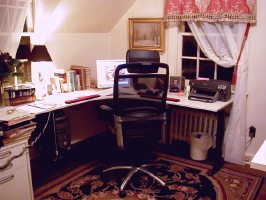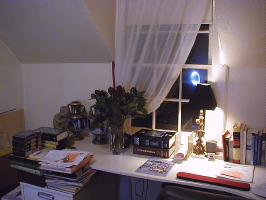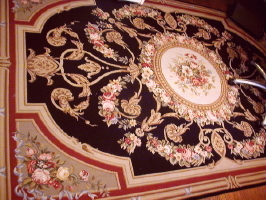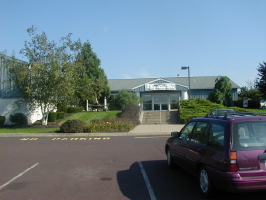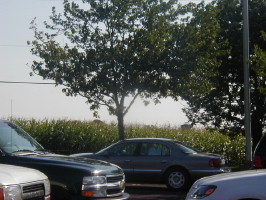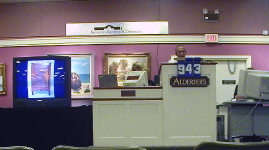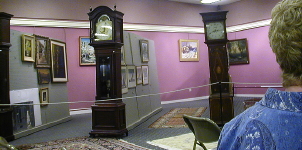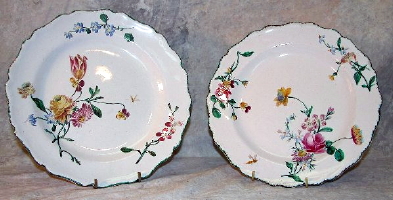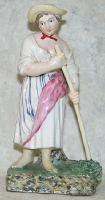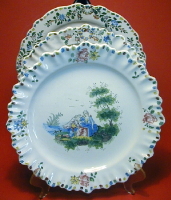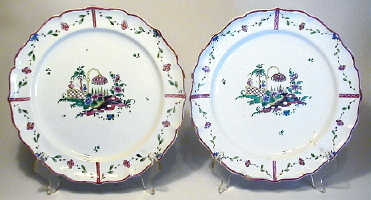|
July - September 2003 July-
August
Progress on my office is solid, with a new, ergonomic chair and computer keyboard and a new, needlepoint rug with a French Savonnerie design, which I found for $100 on eBay! But, the French toile valances still need shortening, and the matching curtains are not yet made. (I wonder how long that will take me to get around to doing!) After a thorough re-organization, ever at the ready too, now, are reference books for ceramics marks and artist prices (to the left of the computer and below the window), while in-depth references for faience, porcelain, maiolica and Delft, and a variety of other antiques (collected from all over the house) crowd the bookshelves and sometimes the floor. Business files bulge in the new filing-cabinet far left above.
Business continues to grow, despite the usual summer slow-down. September
The new Auction Season begins in September, with a great one in the Pennsylvania countryside.
We drove there on a Friday night for the all-day, Saturday auction; and I actually remembered to take some photos toward the end of the day. I was drawn to this particular auction, having seen that they had the very rare pieces of 18th century French faience, shown below.
Each piece of faience shown on this page was entirely made by hand, using the then, newly-discovered technique, petit feu (or slow fire) method, which... for the first time... permitted the use of pastel-colored glazes on faience. Besides the obviously fine quality of the aesthetic results, the objective was to emulate fine porcelains coming out of Meissen, before the knowledge for making true porcelain was discovered in France by one of its finest faiencers, Paul Hannong. The petit feu technique was very time-consuming and expensive, requiring several firings of each piece in the kilns. Though few in the US are familiar with it, French, petit feu faience is some of the most highly prized faience by serious collectors. As a result of Americans' lack of familiarity with this work, on the rare occasion when one can find any at regional auctions in the US, the petit feu pieces sell at relatively low prices here. Sooooo... I got great prices on everything! And I should do at least well enough in selling some of it back to the French, that... best of all, the VERY RAREST pieces (shown above) are now keepers for our own collection! I had been looking for these, ever since I was in the Louvre in Paris, in 1994. Since then, I have only ever seen them in books or photos on the web. The PRIZE pair of plates above were created in Marseille at a famous factory called Veuve Perrin. Most of these are now in museums. On occasion, a few are sold at huge prices by the top, antique-ceramics dealers' in Paris. The SELDOM SEEN 7-inch figures were created at Luneville and St. Clement in eastern France... the very first 18th century faience figures which I have ever seen, in or outside a museum! They were made shortly before the French knew how to make porcelain... around the middle of the 18th century.
Shown above are some of the pieces we bought for selling, from the same auction: (Just can't afford to keep them all!) On the left is a rare set of three, un-marked, very fine-quality, 18th-century French faience plates, attributed to Sinceny. On the right is a pair of un-marked, fine 18th-century faience plates with rare design, attributed to unknown French or Dutch origin. I will be bidding via the internet for some similarly rare pieces at their next auction, in December. (P.S. I got them! I'll add photos of those pieces in my next update.)
|
